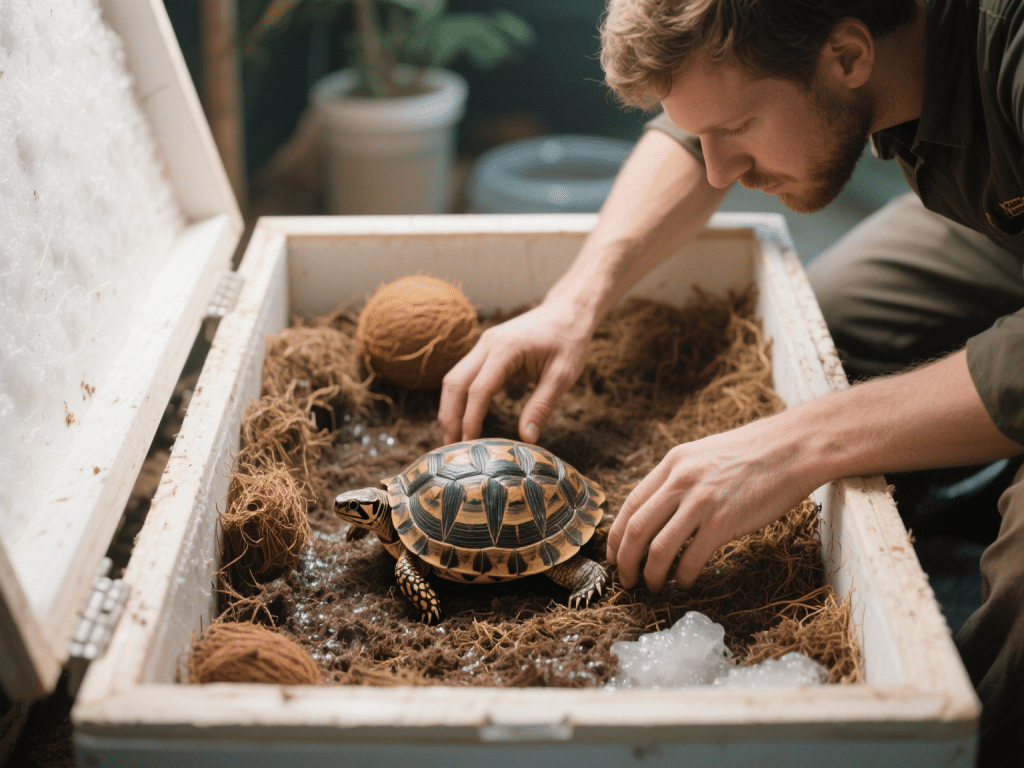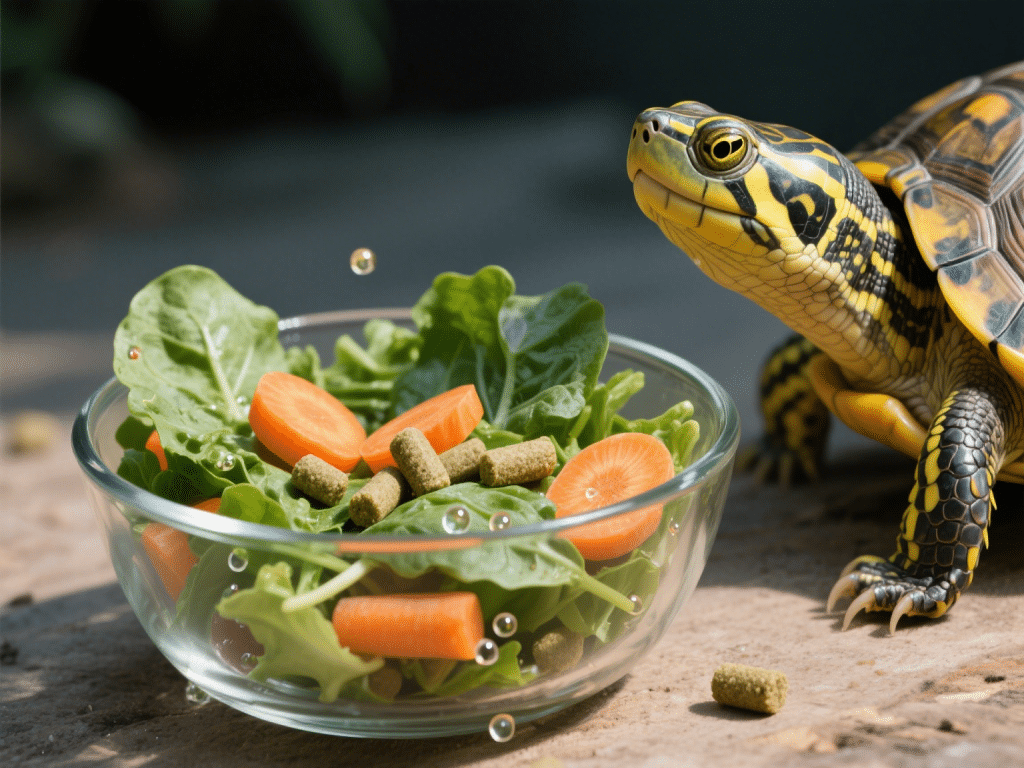Preparing Your Box Turtle for Safe Brumation

Box turtles in the wild enter brumation—a hibernation-like state—to survive cold months. In captivity, improper brumation can be fatal. As a specialist in chelonian wellness, I’ve refined a safe protocol to replicate nature’s cues, ensuring your box turtle enters and emerges from dormancy in peak health.
1. Pre-Brumation Health Assessment
Four to six weeks before cooling, schedule a veterinary check-up. Confirm your turtle is free from respiratory infections, parasites, and is at a healthy weight (no more than 10% weight loss during previous seasons).
2. Gradual Temperature Reduction
Over 3–4 weeks, reduce ambient enclosure temperature by 5 °F each week—from 75 °F down to 45–50 °F. Use a combination of ceramic heat emitters and thermostatically controlled coolers.
3. Hydration and Fasting
Fasting: Begin a 7–10 day fast before brumation to clear the gastrointestinal tract, reducing risk of rot.
Hydration Soaks: Offer daily shallow soaks (20 minutes at room temperature) until the final fast day.
4. Brumation Housing Setup
Medium: Use a ventilated plastic bin filled with 3–4″ of moist (not wet) coconut coir or sphagnum moss.
Environment: Place bin in an unheated garage or basement that holds a stable 45–50 °F. Avoid freezing or direct sunlight.
5. Monitoring During Dormancy
Check your turtle every two weeks:
Movement: Gently prod—minimal response is normal; full lethargy is expected.
Weight: Weigh to ensure no more than 10% loss.
Moisture: Add water if substrate feels dry; watch for mold.
6. Waking Up Your Turtle
After 8–12 weeks, reverse the process: slowly raise temperature by 5 °F per week and reintroduce hydration soaks. Offer a light meal of soft greens 48 hours after full ambient warmth returns.
By following this meticulous brumation protocol—pre-check, gradual cooling, fasting, precise housing, and careful monitoring—you’ll honor your box turtle’s natural cycle and support vibrant health come springtime. A well-executed brumation sets the stage for active basking, robust appetite, and a long, thriving life.









Comments on "Preparing Your Box Turtle for Safe Brumation" :